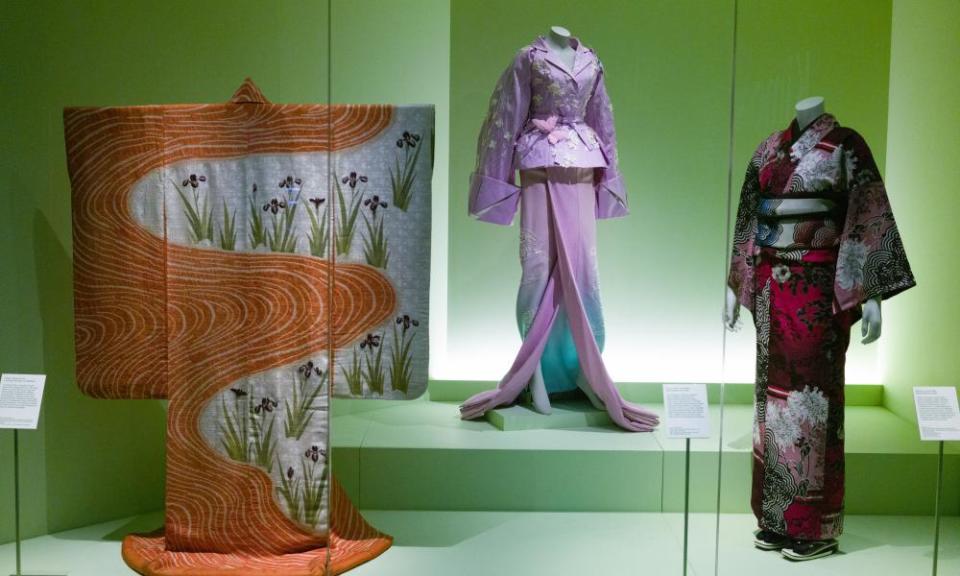Culture comforted us in lockdown, now we must join the fight for its survival

The social devastation caused by the coronavirus has been keenly felt among young creatives. However, amid the cessation of live performance we have witnessed an unprecedented expansion of live-streaming, digital offerings and online content. Games, video and subscription video on demand as well as digital and recorded music have all seen positive revenue and audience growth.
More than that, new models for performance have been created while traditional venues remain closed. The boundaries between gaming, television, film and live performance are blurring and parts of the cultural and entertainment sectors have shown themselves to be remarkably responsive to these trends.
Aardman Animation’s The Big Fix Up brings the ever-popular characters of Wallace and Gromit to mobile devices. The RSC’s “Dream 2020” uses the latest motion capture and the computer gaming technologies to deliver a fresh interpretation of Shakespeare and an entirely new global channel for live theatre. And the V&A’s new virtual exhibition, “Kimono: Kyoto to Catwalk”, gives a tangible sense of the rich history of this exquisitely beautiful Japanese garment through curated video tours.
These real-time, responsive, spatially immersive experiences may point the way to the audience of the future. Indeed, at first sight it may seem the world was actively conspiring over the past 20 years for us to stay home: letters replaced by email, shop visits by online ordering, live concerts by the streaming of music via smartphone.
Online may amplify live cultural experiences in all sorts of ways but it isn't an alternative
However, not all analogue or traditional forms of culture have been able or willing to migrate to digital platforms. New tech is allowing major cultural institutions to keep in contact with their audiences. Yet artists are chaffing at its constraints. The digital world is an amazing resource to sharpen our appetite for live events but it is not a substitute for them. Online may amplify live cultural experiences in all sorts of ways but it isn’t an alternative.
Live performance is distinctive. No two performances or audiences are quite the same. For many types of performance, online is intrinsically less satisfying. When we are together in a theatre we watch a group of people telling a story but we are also part of a group of people receiving that story. When we sit in a concert hall, singing aloud, we enjoy a sense of congregation that the internet can’t provide. When we go to a literary festival – which had mushroomed over the past decade – we love to have access to the authors. In each case, it’s the human contact and collective experience we crave. A socially distanced world just isn’t compatible with live performance.
And herein lies the problem. Putting on live shows with no ticketed audience is simply not financially viable. Venues need to start selling tickets again. Their doors urgently need to reopen – but safely. The “fear factor” will have to recede to get shows back on the road. An older demographic, relied on by parts of the arts, is the most uneasy about the end of confinement. Younger people seem more open to booking for events happening in the next few months.
The costs of the shutdown have, however, disproportionately affected the young. Pre-pandemic, the visitor experience and tourist economies were rapidly expanding around the world. Many new jobs were being created for those under the age of 30. What will happen to the coming generation of actors, artists, comedians, dancers, musicians and writers who are waiting to play and perform, to exhibit and tour, and to engage again with live audiences? The government rescue packages are unlikely to provide the whole answer. If humanity’s desire to be together is to be part of the new normal then governments will have to hit the “reset” button in other ways.
Resetting to recover means two things: blending the digital with the physical and redesigning the physical to make people feel sufficiently safe.
What, in practice, would that type of intervention look like? Publicly funded research and development is widely recognised to have a key role in bringing economies out of hibernation. Investing in research in the arts and humanities is already driving innovation in new digital technologies and the cultural content upon which they depend. There are big questions here. How to get digital to pay enough to allow artists to live? Can we get people past the idea that online is free? What global scale of business is required to make the necessary investments in online?
Restoring public confidence is vital. Missing the buzz of a live event is not the same as a willingness to go back
Health research, bent towards the safety of human concourse and harnessed to cultural ends, should also play its part in getting creative organisations on their feet.
The UK’s After the Interval survey, conducted in April and May, highlighted that restoring public confidence is vital. Missing the buzz of a live event does not equate to a willingness to go back to them.
South Korea, widely regarded among the most advanced in contact tracking and tracing, records exactly where people sit in cinemas and theatres, and also requires them to use hand sanitisers and wear masks. Although more of a control than prevention measure, the gathering of such data may help to get back to full-scale performing sooner than otherwise expected.
During this crisis we have fallen back on culture for comfort and consolation, to help us see beyond the times in which we live, and to keep alive the values that make us human. In the post-pandemic recovery, prioritising the arts and cultural sector and the fate of young creatives is a matter of lives as well as livelihoods.
• Andrew Thompson is the executive chair of the Arts and Humanities Research Council which has launched Boundless Creativity, a response to the impact of Covid-19

 Yahoo News
Yahoo News 